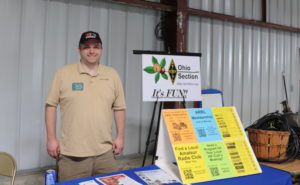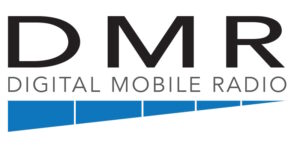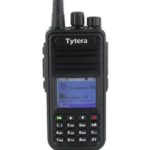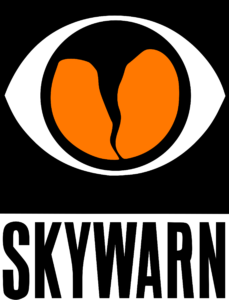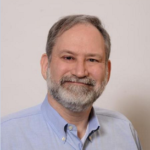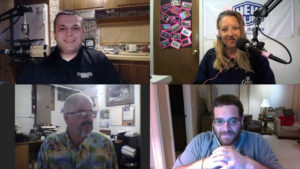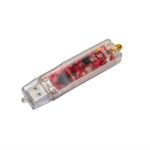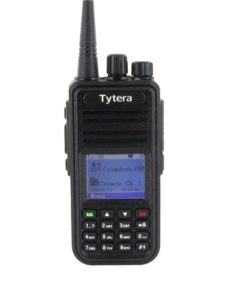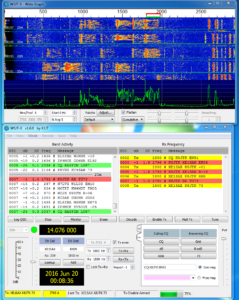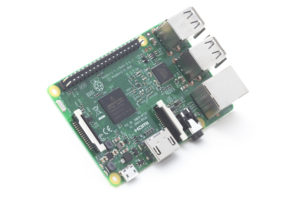One of the responsibilities of the Technical Coordinator in the Ohio Section is to submit something for the Section Journal. The Section Journal covers Amateur Radio related things happening in and around the ARRL Ohio Section. It is published by the Section Manager Tom – WB8LCD and articles are submitted by cabinet members.
Once my article is published in the Journal, I will also make it available on my site with a link to the published edition.
You can receive the ARRL Ohio Section Newsletter and other Ohio Section news by joining the mailing list. Anyone can join and do not need to be a member of the ARRL, Ohio Section, or even a ham to join the mailing list. Please sign up! NOTE: If you do not see the Mailchimp “Subscribe to the ARRL Ohio Section Newsletter” signup form just below the page heading, disable cosmetic filtering in uBlock Origin or check browser plugins for similar blocking.
If you are an ARRL member and reside in the Ohio Section, update your mailing preferences to receive Ohio Section news in your inbox. Those residing outside the Ohio section will need to use the mailing list link above. Updating your ARRL profile will deliver news from the section where you reside (if the leadership chooses to use this method).
- Go to www.arrl.org and click the Login button.
- Login
- When logged in successfully, it will say “Hello <Name>” in place of the Login button where <Name> is your name. Click your Name. This will take you to the “My Account” page.
- On the left hand side, under the “Communication” heading (second from the bottom), click Opt In/Out
- To the right of the “Opt In/Out” heading, click Edit
- Check the box next to “Division and Section News.” If it is already checked, you are already receiving the Ohio Section Journal.
- Click Save
- There should now be a green check mark next to “Division and Section News.” You’re all set!
Now without further ado…
Read the full edition at:
- https://arrl-ohio.org/wp-content/uploads/2024/09/OSJ_September_2024.pdf
- https://arrl-ohio.org/wp-content/uploads/2024/09/OSJ_September_2024.docx
Archive index: https://arrl-ohio.org/ohio-section-newsletter/
THE TECHNICAL COORDINATOR
Jeff Kopcak – TC
k8jtk@arrl.net
Despite the severe weather briefings for August 5th in northern Ohio showing a slight risk of severe storms throughout the area, didn’t have storms near me. The August 6th briefing was shaping up about the same. Though there was a chance of tornadoes, it was under 10%.
On an otherwise bright, sunny, and warm day, I left work ordering food to be picked up 30 minutes later on the way home. As I was driving home, with the windows open, on I-90 to the west side of Cleveland, a tornado warning had been issued. As I approached my exit, a stark contrast to the current sunny conditions, I was facing a blackened sky looking west. “Oh, this isn’t going to be good” I thought. Hoping it was far enough away that I could pick up my pizza and make it home before the storm hit.
After getting off at my exit, still a half-mile away from the pizza shop, I was stopped at the intersection of Hilliard and Canterbury near my house. The wall of rain hit just about 3:52pm. Hurrying to pick up my food, quickly running in an out, I was drenched. In the 3, to maybe 5, minutes I was on Hilliard, picked up my pizza, and made it back to that same intersection, a large tree had come down across Hilliard Blvd.
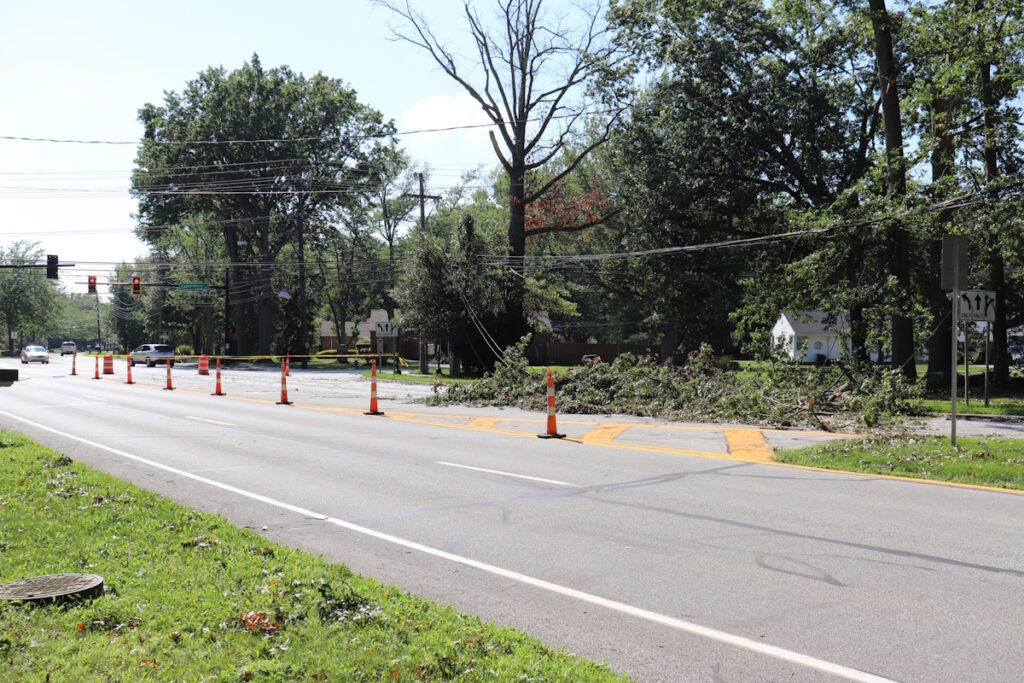
Not only was there debris from trees and branches being blown around all over the place, trash and trash buckets were being blown around too as some residents had already put their trash out to the curb in anticipation of pickup the next day. I made it safely home as I only had to travel a block and a half. The intense part of the storm blew through in less than 15 minutes. Staying in my car, the worst had yet to be discovered. As I made my way from the car into the house, I discovered many large tree branches had come down in my backyard.
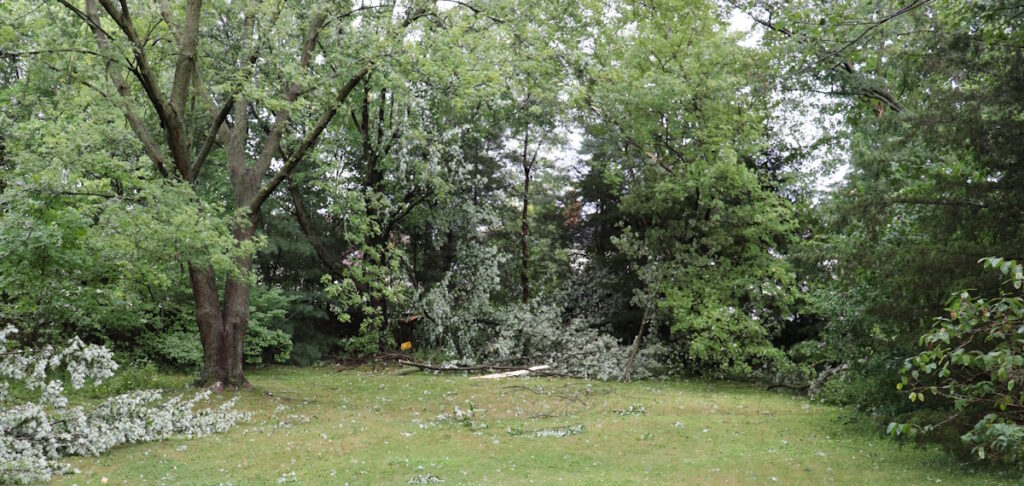
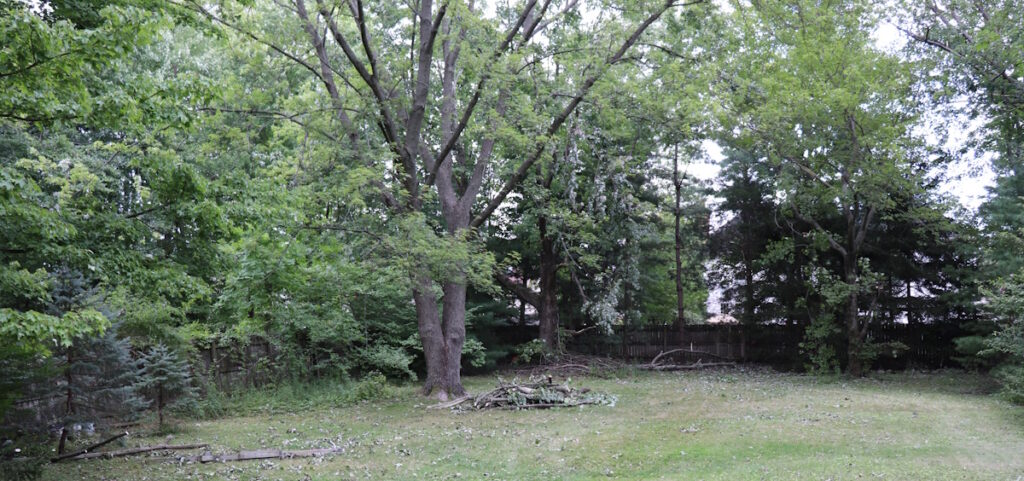
My wire HF antenna was about 100 feet long strung between two trees across the backyard. I figured it was a goner. Maybe the branches were far enough in the back of the yard that it somehow missed it. Even if it was brought down, wouldn’t be the first storm where I’ve had to replace my antenna. I didn’t get lucky twice in one storm. Without going to survey the damage just yet, I could see pieces of wire dangling so I knew it was not in one piece anymore.
A little while later going out to look, the fence post used to connect the coax feedline to the antenna feed point was snapped off at ground level, brought down by a tree branch coming off a neighbor’s tree. Landing perfectly on the post like those branches were placed there. Don’t know if my antenna was ripped down by the fence post being destroyed or from being in-path of a large tree branch flung across the yard, which would have been no match for a wire antenna. Between trees in my yard and the neighbors, there were 4 to 6 large branches sheared off from the upper parts of 70′ trees.
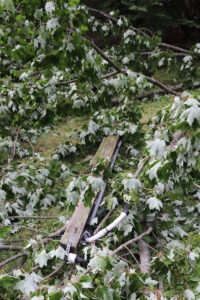
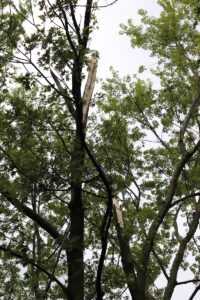
Luckily, no damage to any other property and no one was injured or worse. Damage to my HF antenna and setup is extensive. The post would need to be dug up and replaced, the entire run of coax from the shack replaced, and a portion of the PVC housing needs to be replaced. There was also some electrical in a separate run out to the post. Dad (SK) and I worked to install all of this about a decade ago over a summer. To make matters worse, I may lose my antenna supports as at least one tree is severely damaged and need to be assessed.
In my completely amateur observation, seems like straight line winds, if nothing else. There weren’t any branches twisted off trees so I don’t think it was a tornado. In the coming days, many in the area had trees removed and debris cleared.
My street had power throughout but the opposite side of the block was without until the weekend. By night time, it was obvious many did not have power because there was a hum of generators running in the distance. That area lost power due to the tree that fell where I was minutes earlier and other significant damage not far away.
Reports released by the National Weather Service office in Cleveland on the August 6, 2024 storms show one tornado dissipating a half-mile from my house. Would it have kept going, it would have passed over my house and probably a contributing factor to the damage in my yard, others on the street, and damage seen on Hilliard. A second tornado kept along the shoreline but came within a mile and a half of the QTH. There is a quite impressive video from a beach cam in Vermilion showing the approaching storm and fury as it makes landfall.
The shack itself was not damaged by the storm, though it has been on my to-do list to replace. Not sure when I’ll be able to rebuild but will be off the air indefinitely.
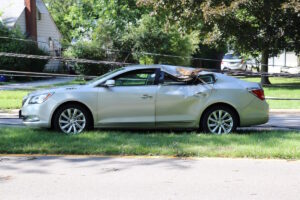
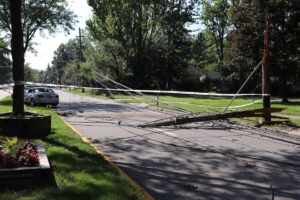
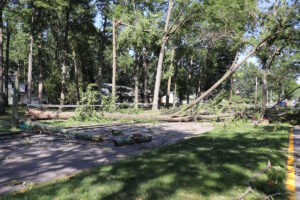
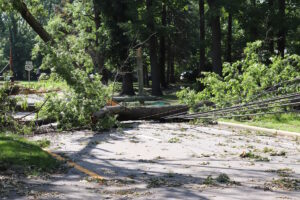
As posted on the ARRL website and highlighted in my June article, the ARRL fell victim to a ransomware attack in May. It was revealed the payout was a $1 million ransom. Well, not so much the ARRL but their insurance paid out. Initial asking was a multi-million-dollar ransom. Since the ransom holders did not have access to any significant compromising data, it was reduced to $1 mill.
It has been stated the ARRL does not collect any data that’s not already public (largely data the FCC has on file for our licenses) information on its members, we’re not at risk in this compromise. However, the article notes, employees of the ARRL may have had their private data leaked (such as social security numbers) in records kept as part of employment.
For all the benefits pitched to get companies ‘moving to the cloud’ and using ‘AI,’ not the least of which include user credential protection – knowing when bad guys are attempting to gain access using employee credentials to compromise systems – and malware protection for cloud services and endpoints. It is good knowing those protections stopped and prevented the spread of malware. Wait, what… the ARRL’s cloud systems were compromised too? Well, that worked out well. These features are smoke and mirrors and provide little to no actual protection.
Thanks for reading and 73… de Jeff – K8JTK
